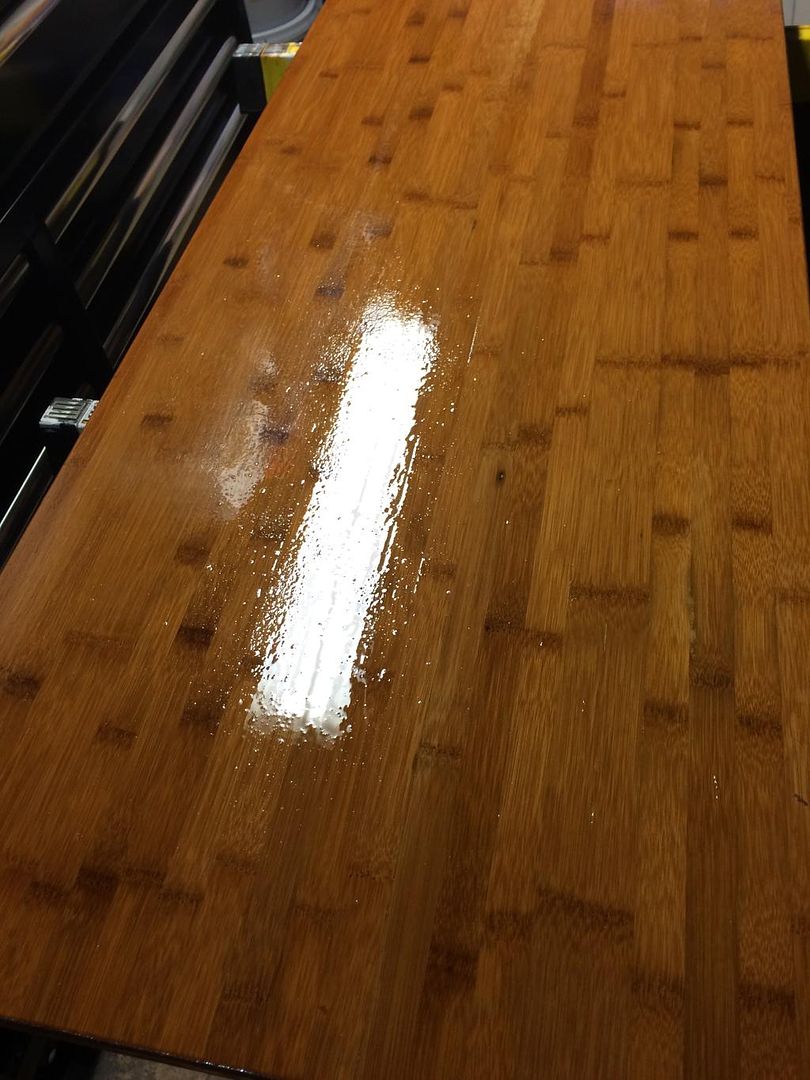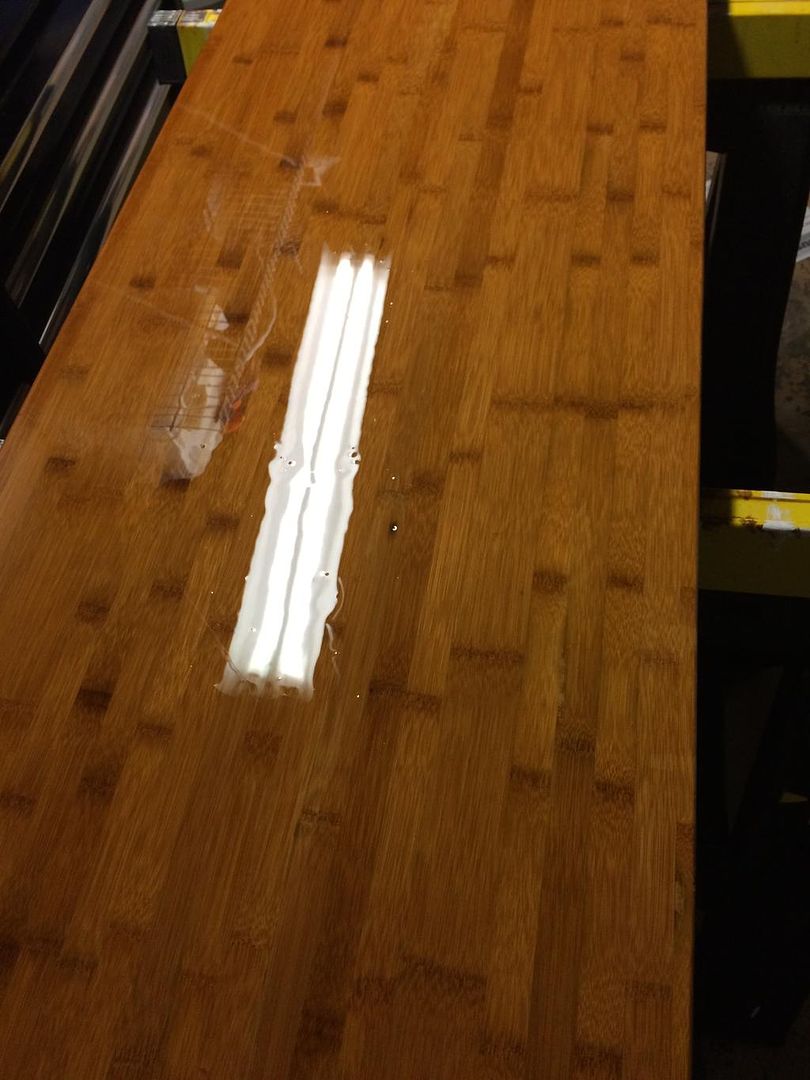JHZR2
Staff member
I have a real old can of spar urethane which Ive been trying to use up. The instructions for my new tool chest said to install two coats of urethane, so I used this.
Last time I used it, on some wood inside my shed, it went on with a beautiful, smooth coating.
I sanded, tack clothed and vacuumed, and then wiped with mineral spirits. After it dried, I put the urethane down...
I got this:

There is some polymerized material in the bottom...

So Im not sure if after sanding it, if I should buy some other urethane new, or just thin this down or what...
Recommendations? This isnt furniture and doesnt need to be perfect, but I dont want a million tiny bubbles.
Thanks!
Last time I used it, on some wood inside my shed, it went on with a beautiful, smooth coating.
I sanded, tack clothed and vacuumed, and then wiped with mineral spirits. After it dried, I put the urethane down...
I got this:

There is some polymerized material in the bottom...

So Im not sure if after sanding it, if I should buy some other urethane new, or just thin this down or what...
Recommendations? This isnt furniture and doesnt need to be perfect, but I dont want a million tiny bubbles.
Thanks!

